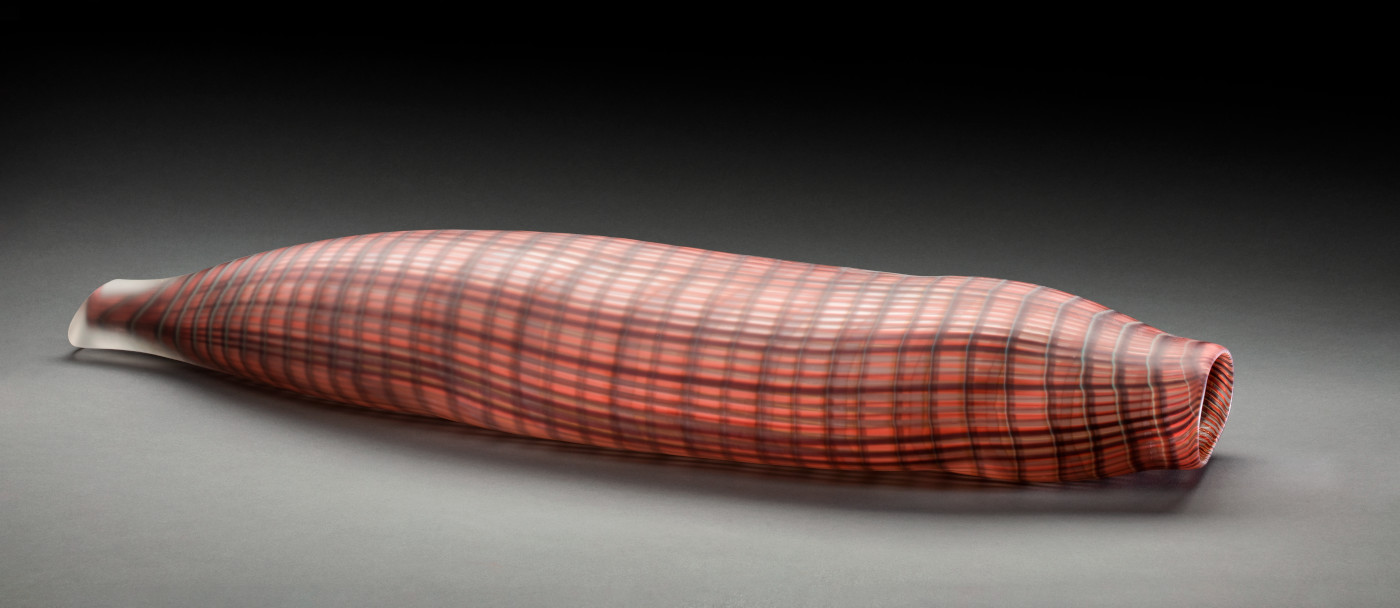A story of design, technology, material and culture
Material World was an evocative exhibition exploring the story of design, which is one of necessity, creativity, commerce and research and is shaped by technology and materials, both traditional and new.
Objects from research centres, designers and the National Museum of Australia’s collection were on show in the Gandel Atrium from 27 April 2023 to 1 April 2024.
These objects were evidence of the creativity and innovation of First Nations peoples, early settlers, scientists, engineers, designers, artists and architects.
Developed in collaboration with the Swayn Gallery of Australian Design, Material World was curated by Swayn Senior Fellow of Australian Architecture, Adjunct Professor Lyndon Anderson.
Material World featured objects made from glass, leather, ceramics, metal and wood. 'The exhibition could be viewed as a whole or as five smaller exhibitions, each focusing on a different material and how its use has evolved from First Nations applications to outer space exploration,' Adjunct Professor Anderson said.
